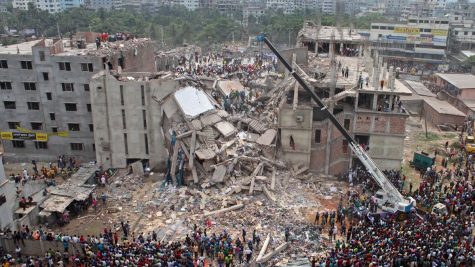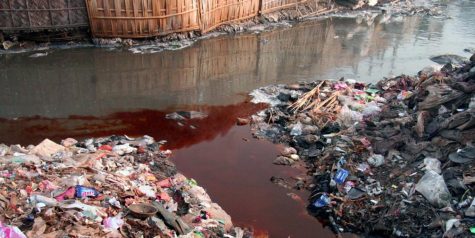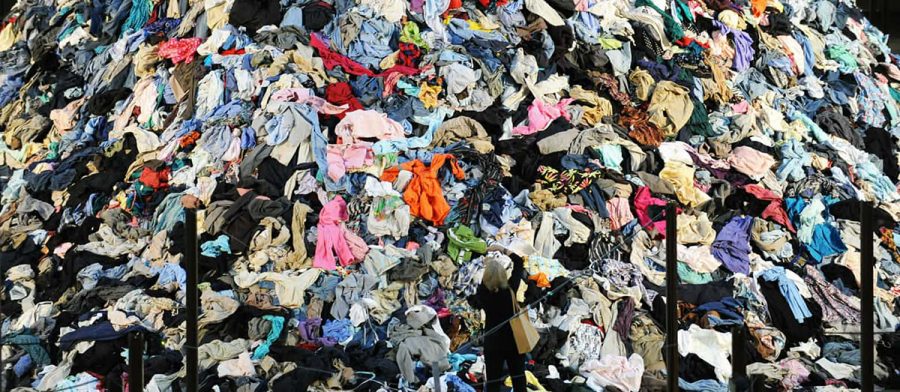Fast Fashion: What it is, Its Impact, and the Dangers
December 14, 2018
According to The Good Trade, a website that covers conscious fashion, beauty, food, wellness, travel and lifestyle, “fast fashion utilizes trend replication, rapid production, and low quality materials in order to bring inexpensive styles to the public.” This harmfully impacts not only the environment but also people’s wellbeing.
As the cost of cotton lowers and the cost of production steadily rises, brands will move orders to whichever factory will make it cheapest. As a result, factories will begin to cut costs, even if it means cutting corners on health and safety, and lowering the wages of the people who work hard to create that $10 shirt you bought because it looked kind of cool and only wore once, then threw it away.
Most fast fashion production will be outsourced to developing countries, mostly in Ethiopia and India where sweatshops are common and labor laws are not. Sweatshops are common in impoverished countries, resulting in poor work environments, little to no wages and health benefits, unreasonable hours, and child labor.
Five years ago a sweatshop in Dhaka, Bangladesh collapsed due to structural failures. The Rana Plaza was built on swampy ground and was constructed with poor quality iron rods and cement. Sohel Rana, the building owner also only had permission to build a six story structure, but he added two floors illegally so he could rent them out to garment factories. It was also reported that it was not built for industrial use, and the weight and vibrations of the heavy garment machinery contributed to the building collapse.

A day before the collapse, the Rana Plaza was shut down briefly when workers spotted cracks in the walls and pillars. But the workers were forced back hours before the collapse to work with the threat of cuts to their already meager pay. Over 1,000 people were killed and 2,500 were injured. These people were the victims of one of the worst industrial accidents on record.
Fast fashion causes sweatshops to multiply, resulting in the abuse of innocent, hard working people, and as long as we continue to support brands that take advantage of impoverished countries cheap production, multitudes of people will be harmed and/or killed.
Fast fashion not only harms people, it also harms the environment. Water pollution, the use of toxic chemicals, and increasing levels of textile waste are the main harmful impacting factors fast fashion has on the environment.

Part of the appeal of fashion is the vibrant colors, prints, and fabric finishes, but these are achieved through the use of toxic chemicals. Polyester, the most popular fabric used for fashion,releases microfibers when washed that add to the increasing levels of plastic in our oceans. The microfibers are not biodegradable and are so small that they can easily pass through sewage plants into our waterways.
Textile waste is the consequence of people buying newer clothes and not keeping them due to the speed at which the numerous fashion seasons are changing. 26 billion pounds of textiles and clothes are thrown away in America each year and ending up in landfills, this can easily be avoided by simply DIYing your old clothes or donating them.
Before you purchase something, you might want to do a bit of research to avoid supporting an unethical brand and supporting the fair treatment of hard workers and protecting the environment.



